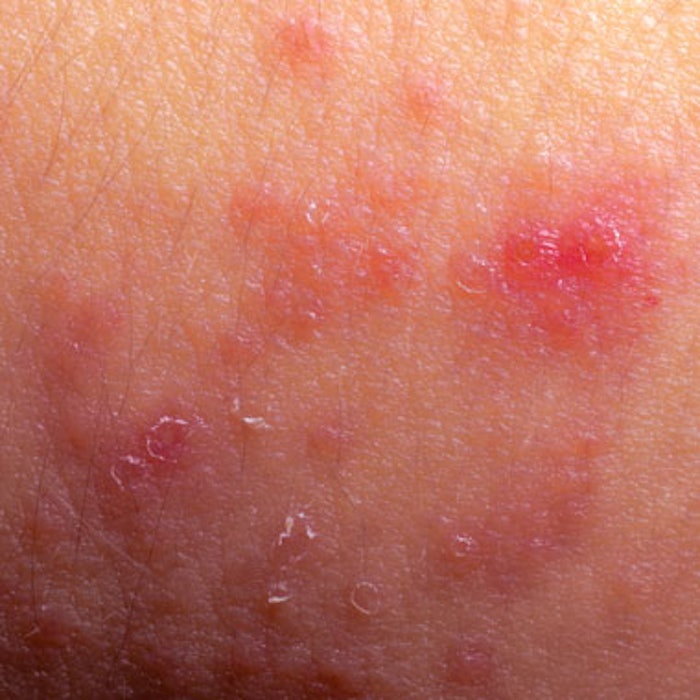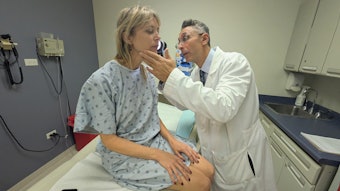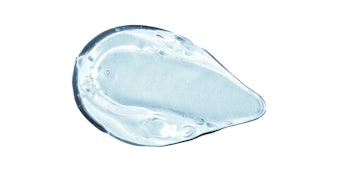
Researchers at the Drexel University College of Medicine are providing new insight into what causes the itchiness and rash associated with eczema, the most common form of which is atopic dermatitis (AD). As reported in the online edition of JAMA Dermatology, Herbert B. Allen, MD, professor and chairman of the Department of Dermatology at Drexel University College of Medicine, and colleagues, discovered that staphylococcal bacteria, which are normally found on the skin surface, produce a biofilm in eczema patients that blocks the sweat ducts. That blockage activates molecules in the immune system known to create itching and inflammation.
“The dermatology community has known that this staph germ was present in eczema,” said Dr. Allen. “But what we’ve been able to do in our research is to determine what the staph is doing to cause ‘the itch that rashes.’”
The researchers studied routine swabs from lesional and non-lesional skin of 40 patients with AD. All AD-affected samples contained multi-drug resistant staphylococci, which were all positive for biofilm.
“We know that eczema is worse when it involves sweating,” explained Dr. Allen. “So the staphylococci are exposed to the salt water from the sweat ducts and produce the duct-occluding biofilm.” The blockage of the sweat ducts by the biofilm then activates the immune system’s first responders, which causes the itchy, red rash characteristic of AD.
Eczema has both a genetic component and an environmental component. “This is the environmental hit,” says Dr. Allen. “But patients can improve their genetic defects and prevent this disease by treating the skin kindly—using less soap, less hot water, less bathing and scrubbing and more moisturizing.” When necessary, antibacterial compounds, such as bleach baths can also be an effective therapeutic approach.
Image copyright istockphoto.com











